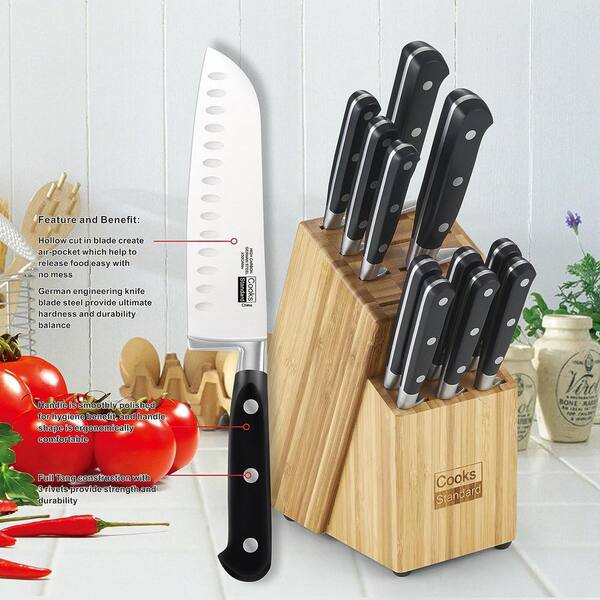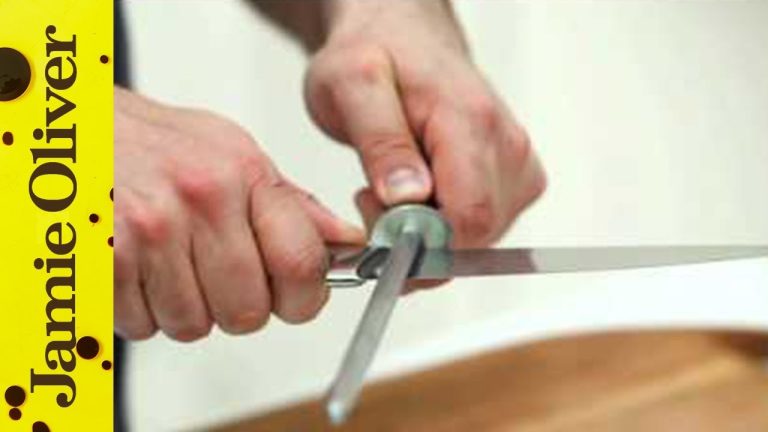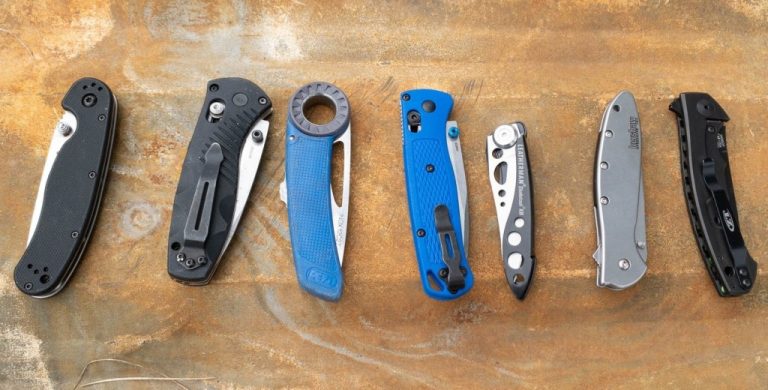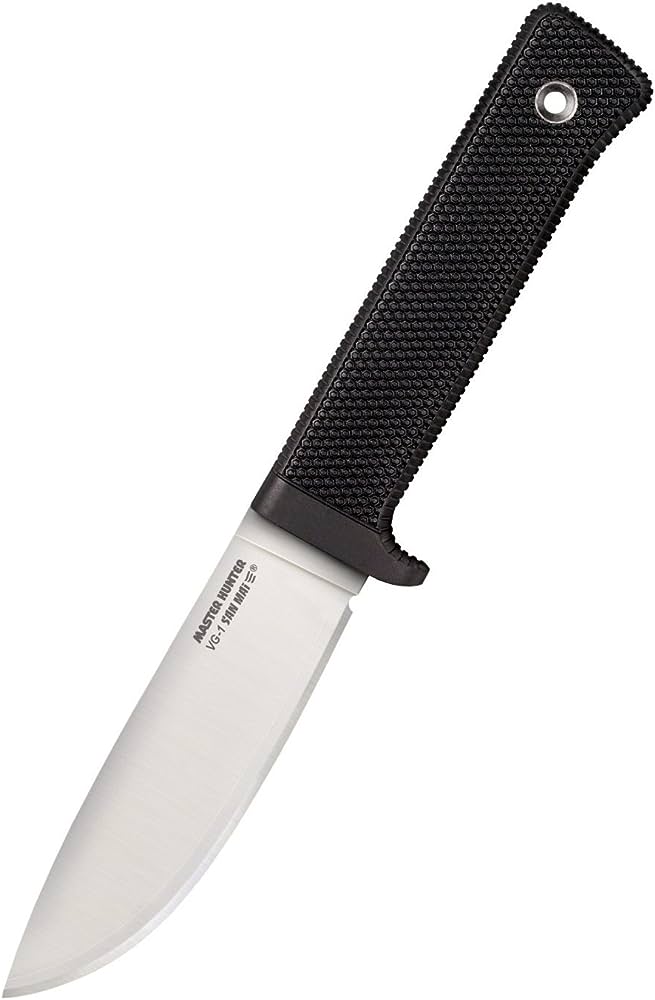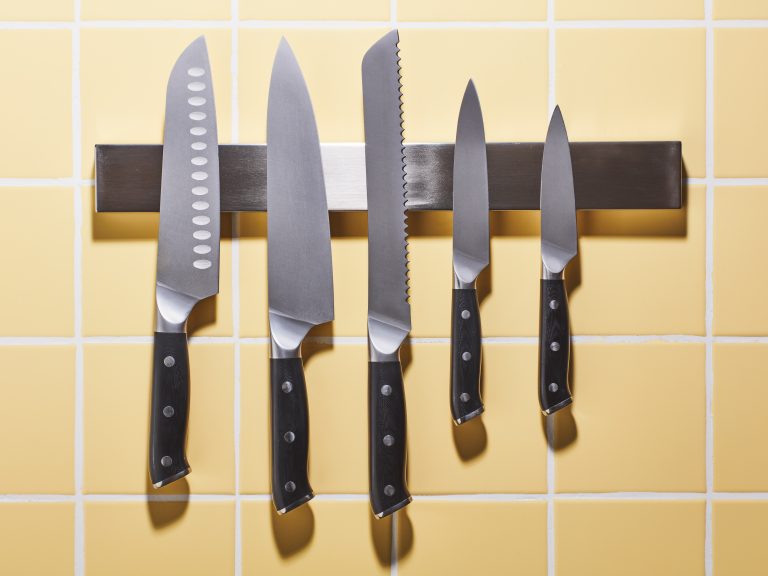The History of Kayaking Knives
The history of kayaking knives dates back to ancient times when they were used as essential tools for survival during water expeditions. Kayaking knives have a long and rich history, originating from ancient cultures who used them for various purposes, such as hunting, fishing, and self-defense.
These knives were crafted from durable materials like bone, stone, or wood and were an integral part of a kayaker’s equipment. Over time, as kayaking evolved into a recreational activity, the design and functionality of kayaking knives also changed. Modern kayaking knives are now made from stainless steel or titanium, designed to be compact, lightweight, and equipped with safety features like serrated edges, rescue hooks, and even mounting options on kayaks.
Today, kayaking knives continue to be a vital accessory for kayakers, serving multiple purposes, including cutting ropes, freeing oneself from entangled situations, or even aiding in emergency rescues.

Credit: explorersweb.com
1. Origins Of Kayaking Knives
The history of kayaking knives can be traced back to their origins. The invention of the first kayaking knives marked the beginning of a new era in watercraft safety. These early knives were simple tools used for basic purposes such as cutting rope or food. Over time, **kayaking knives evolved** to meet the specific needs of kayakers in different regions. They became more specialized, with features like serrated blades, blunt tips, and ergonomic handles. The historical significance of kayaking knives can be seen in the various societies that relied on them for survival and exploration. In some cultures, these knives were highly valued and even considered sacred. The evolution of kayaking knives reflects both the practical needs of kayakers and the cultural contexts in which they were used.
2. Types Of Kayaking Knives
The history of kayaking knives dates back to ancient times when early humans discovered the need for a versatile tool while navigating waterways. Kayaking knives have evolved over centuries to meet the specific needs of kayakers, providing functionality and safety in various situations.
When it comes to types of kayaking knives, there are several options available:
1. **Folding knives for kayaking:** These knives are compact and easy to carry, with a folding mechanism that allows for safe storage. They are designed for quick access and can be handy in emergency situations.
2. **Fixed blade knives designed for kayaking:** These knives feature a solid, non-folding blade that offers durability and strength. They are ideal for tasks that require more cutting power, such as rope cutting or rescue operations.
3. **Multi-functional kayaking knives with useful attachments:** These knives are equipped with additional tools and attachments, such as bottle openers, screwdrivers, or rope cutters. They are versatile and serve multiple purposes while kayaking.
Choosing the right kayaking knife depends on individual preferences and the specific needs of the kayaker. It is important to consider factors such as blade material, handle grip, and overall functionality to ensure a reliable and effective tool for kayak adventures.
3. Materials Used In Kayaking Knives
The History of Kayaking Knives
Stainless steel blades in kayaking knives
Kayaking knives with **stainless steel blades** have gained popularity due to their durability and corrosion resistance. These blades are perfect for the harsh marine environment as they are less prone to rust and can withstand exposure to saltwater. Stainless steel blades also retain their sharpness for a longer period, ensuring effective cutting performance during kayaking activities. Furthermore, their ability to resist staining and discoloration makes maintenance a hassle-free process for kayakers.
Titanium blades in kayaking knives
**Titanium blades** offer exceptional strength and lightness, making them a preferred choice for kayakers. These blades are highly resistant to corrosion and can withstand the rigors of kayaking in different water conditions. The lightweight nature of titanium blades allows for easy handling and maneuverability, reducing fatigue during prolonged kayaking trips. Additionally, titanium blades retain their sharp edges for extended periods, ensuring reliable cutting performance when needed in emergency situations.
High carbon steel blades and their benefits for kayaking
Kayaking knives with **high carbon steel blades** provide excellent toughness and edge retention. These blades are designed to handle heavy-duty cutting tasks encountered during kayaking adventures. High carbon steel blades offer enhanced durability and can withstand impact and stress, making them ideal for challenging kayaking conditions. The exceptional sharpness of these blades ensures precise and effortless slicing, allowing kayakers to quickly tackle any cutting needs that arise during their trips.
4. Features And Design Elements Of Kayaking Knives
When it comes to kayaking knives, the features and design elements play a crucial role in their functionality and performance. One important feature is the ergonomic handles which are designed to provide a better grip. These handles are often textured or contoured to fit comfortably in the hand, even when wet.
Another key element is the serrated blades, which offer versatility in use. The serrations allow for easy cutting through various materials, such as ropes, straps, or even food items. This comes in handy during emergency situations or when performing tasks on the water.
In terms of safety, kayaking knives are equipped with sheaths and locking mechanisms. Sheaths protect the blade when not in use and prevent accidental injuries. Locking mechanisms ensure that the blade remains securely in place during kayaking activities.
5. Notable Brands And Innovations In Kayaking Knives
The history of kayaking knives is rich and diverse, with notable brands and innovations contributing to the advancement of this essential tool for kayakers.
Brand A: Pioneering designs and contributions
Brand B: Cutting-edge technologies and advancements
Brand C: Impact on the kayaking community
Brand A has been at the forefront of kayaking knife design, introducing pioneering features that have revolutionized the industry. Their commitment to quality and innovation has made them a trusted choice for kayakers worldwide.
On the other hand, Brand B has focused on integrating cutting-edge technologies into their knives. From advanced materials to ergonomic handles, their products offer superior performance and durability.
Meanwhile, Brand C has not only created high-quality knives but also made a significant impact on the kayaking community. Their dedication to safety and functionality has earned them a loyal following among kayakers of all skill levels.
These notable brands and their innovations have shaped the history of kayaking knives, ensuring that this essential tool continues to evolve and meet the needs of kayakers in the modern era.
6. Safety And Maintenance Tips For Kayaking Knives
In the world of kayaking, safety is of utmost importance. Proper storage and care of kayaking knives play a crucial role in ensuring the overall safety while out on the water. When handling a kayaking knife, it is important to follow safe handling techniques to minimize the risk of accidents. Always secure the knife properly to prevent it from getting lost or causing harm to yourself or others.
Proper storage and care of kayaking knives:
- Store kayaking knives in a dry place, away from moisture to prevent rusting.
- Clean the blade after each use and apply a thin coat of oil to protect it from corrosion.
- Inspect the knife regularly for any damage or wear and replace it if needed.
- Keep the knife sharp to ensure its effectiveness in case of emergencies.
Safe handling techniques while kayaking:
- Always use the knife responsibly and avoid unnecessary risks.
- When using the knife, keep your fingers away from the blade and handle it with caution.
- Be mindful of your surroundings and avoid any sudden movements that may lead to accidents.
Securing kayaking knives to prevent accidents:
- Use a secure sheath or knife holder that can be attached to your PFD or kayak for easy access.
- Ensure that the knife is securely fastened and won’t come loose during paddling.
Conclusion
The evolution of kayaking knives has played a significant role in the history of water sports. From their humble beginnings as essential tools for survival and self-defense, to their modern-day incorporation of advanced materials and ergonomic designs, these blades have grown to meet the specific needs of kayakers and other outdoor enthusiasts.
Whether it’s for cutting fishing lines, slicing through rope, or even rescuing fellow paddlers in distress, kayaking knives have become invaluable companions on the water. As technology continues to advance, we can expect further innovations in the design and functionality of these essential tools.
So, whether you’re a seasoned kayaker or just starting out, investing in a high-quality, reliable knife is essential for your safety and convenience on the water. Stay safe, and happy paddling!

